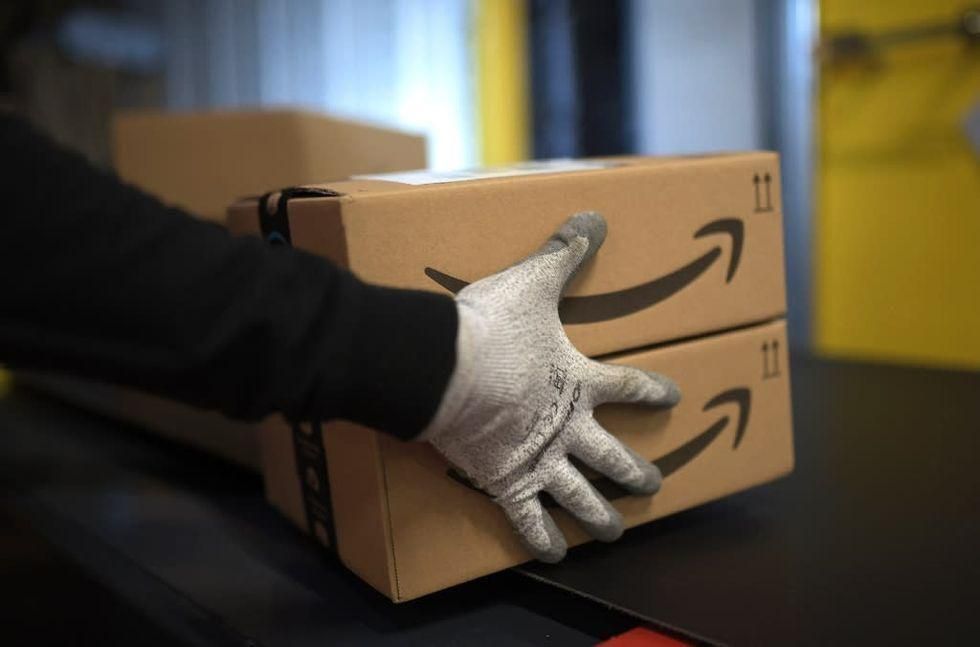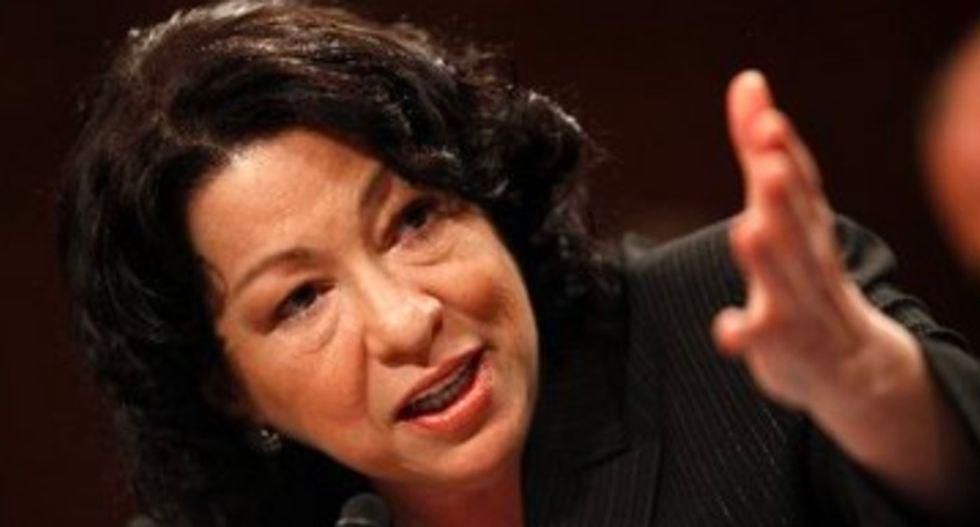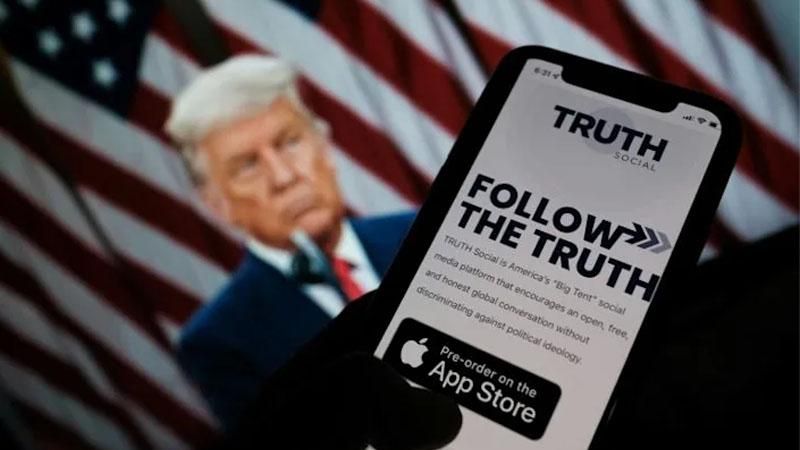NOT CHEMTRAILS THEY ARE;
Contrails: How tweaking flight plans can help the climateBeth Timmins - Business reporter, BBC News
Fri, October 22, 2021,

Aircraft condensation trails can have a significant impact on the climate, say researchers
Those wispy white lines that crisscross the skies after an aeroplane flies overhead are far less benign than their fluffy patterns might suggest.
Until now governments and industry have firmly focused on cutting CO2 emissions from aircraft - with good reason, as the aviation sector is responsible for around 2.4% of global CO2 emissions and a single flight can emit as much CO2 as many people do in an entire year.
But some scientists are now warning that the impact of radiation caused by aircraft condensation trails (contrails) could even be more significant.
Contrails, which heighten the effect of global warming, may account for more than half (57%) of the entire climate impact of aviation.
Contrails are water vapour that condenses as ice onto soot particles emitted from aircraft engines. They don't always occur as it requires certain atmospheric conditions: the air must be very cold, humid and "supersaturated" for ice to form.
They trap and absorb outgoing heat which otherwise escapes into space. This worsens at night when it is colder and the contrail has a longer lifetime. They can also have a less significant cooling effect, blocking incoming sunlight - but only during daytime.
Contrails: What changes might help?

Flight to the moon
Adjust flight routes so aircraft can avoid areas where they form
Teach pilots how to change altitude mid-flight without disrupting passengers' comfort
Introduce a contrails tax, and give airlines a refund if their flights are contrail-free
Contrails can last for seconds, hours or even a day in the atmosphere - and this determines the climate impact of a particular contrail will have. But recent research shows there could be a solution for this overlooked issue.
Prof Marc Stettler, transport and environment lecturer at Imperial College London, says changing the altitude of fewer than 2% of flights could potentially reduce contrail-linked climate change by a staggering 59%. "Tweaking the flight elevation by just a thousand feet can stop some contrails from forming," he explains.
Adjustments would mean an aircraft could avoid some of the regions of the atmosphere that are cold and humid enough to create contrails in the first place.

The HALO research aircraft which measures the impact of contrails
"A relatively small proportion of flights contribute to the majority of climate impact. So if we can alter these flights, we can significantly reduce the climate impact," says Prof Stettler.
Recent research from Prof Christiane Voigt, head of the cloud physics department at Mainz University, Germany, underlines this.
She has been conducting trials with the German Aerospace Centre (DLR) to measure and mitigate the impact of contrails.
Her team use high-altitude long-range (HALO) G550 research aircraft to gather their data. The aircraft carries wing-mounted instruments measuring contrail properties and the light scattered by radiation. This allows them to evaluate their forecasts' accuracy and investigate the impact of radiation.
"Our results have been really positive. We were able to predict and avoid around 80% of the contrails with little cost," she says. Prof Voigt adds that very few flights would have to be deviated to win a "large climate impact".

Contrail sensors and measuring apparatus on HALO
While there were some uncertainties, her team were able to track down most of the contrails and avoid the correct areas.
"We are at the beginning of a race to avoid them. And I have the impression that [companies] such as Lufthansa and Airbus, are really interested, as it is low cost and effective," she says.
Royal Aeronautical Society fellow, Prof Keith Hayward, is optimistic it may only need a software tweak to adjust many flight plans to avoid contrail creation, and that this could be done at a relatively low cost.
Compared to the typical $200m cost of a passenger aircraft or engine changes which can run to $12m, a software change is relatively inexpensive, he says.
Prof Hayward says the next challenge is for airlines to work out how altitude changes of a "few thousand feet" can be made mid-flight to avoid contrails while also not disrupting passengers' comfort. A pilot would need to spot these in "sufficient time for an aircraft to adapt gracefully", he adds.

A Flightkeys cockpit system prototype, visualising the cost-optimum speed and altitude range at every point along a flight
But Prof Voigt does not believe this is necessarily a problem. She thinks flight comfort could improve as flight paths would avoid some of the sky's water vapour areas - which both form contrails and cause bumpy turbulence.
Raimund Zopp, former pilot and co-founder of Austrian flight services software company, Flightkeys, is working on contrail visualisations to programme into flight plan technology. The company plans to include contrail avoidance in their airline customers' flight plan trajectories by 2023.
"Only a very small portion of flights are causing the problem so you only need to change a few flight plans to have a huge effect," he says.
As a former pilot, Mr Zopp says that from a flight procedure perspective, adding this information would be easy. "The flight plans get programmed into the navigation of the plane system, but pilots need training on this new contrail aspect of the flight plan profile".

Marc Settler: "Tweaking the flight elevation by just a thousand feet can stop some contrails from forming"
Reducing contrails
Any action on climate change that doesn't relate directly to cutting emissions is lower down the priority list for governments and industry, because CO2 is the most important greenhouse gas for most sectors.
Yet unlike other sectors, aviation also has very significant non-CO2 impacts.
Prof Settler believes that people have hesitated to reduce contrails by diverting flights because of fears it would be completely unfeasible - that all flights might have to be changed or it would hugely increase fuel consumption. This latest research shows this is not the case.
Dr Jarlath Molloy, senior environmental affairs manager at the air traffic service provider, NATS, agrees that up until now, there has been a lack of focus on non-CO2 problems from the entire industry.
Yet from an operational perspective, tackling contrails is "just one extra element the aircraft would have to compute", he says, and it could even be managed in a similar way to how authorities already orchestrate groups of flights to avoid big winter storms.
"We're exploring the feasibility of it and what we'd have to do to manage flights looking for the same routes" Dr Molloy adds.

Preventing most of the damaging climate impact of contrails could cost less than $1bn a year
The Department for Transport says it is "currently considering" a range of responses to its Jet Zero consultation on how to "make the sector cleaner and greener", and that this strategy "will aim to address" aviation's non-CO2 impact.
Meanwhile atmospheric scientist Prof Ken Caldiera, from the Carnegie Institution for Science, makes a compelling case. He estimates preventing most of the damaging climate impact of contrails would cost less than $1bn (£720m) a year and the net value of the benefit could be more than a thousand times that.
"We know of no comparable climate investment with a similarly high likelihood of success," he wrote in the scientific journal Nature.
So could a financial penalty focus minds in aviation more quickly? Dr Andrew Gettleman of the US National Center for Atmospheric Research says while more research is needed, a contrail tax or avoidance rebate could be introduced if a carbon tax were approved.
"We haven't seen the overall regulatory scheme yet for carbon in aviation, but once we get a larger regime in place for mitigating climate change and reducing carbon - then we can tackle the contrail problem properly."











